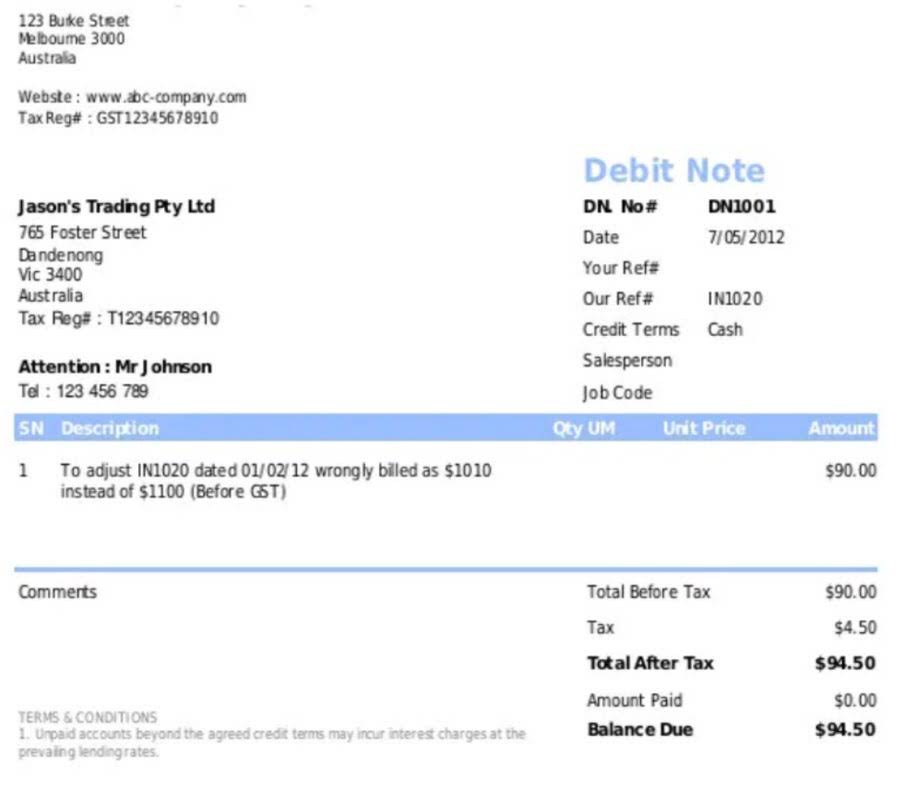
However, FIFO can provide a more accurate picture of the cost of the inventory on the balance sheet. FIFO assumes that the inventory on hand is the most recent inventory purchased, which is usually at a higher cost. There is no one-size-fits-all answer when it comes to choosing between LIFO Reserve and FIFO Reserve. The best option depends on several factors, including the company’s inventory costs, tax situation, and financial goals. Companies should carefully consider these factors before choosing an inventory accounting method.
- Understanding the LIFO reserve is crucial for businesses using the Last-In, First-Out inventory accounting method.
- LIFO liquidation occurs when a company sells more inventory than it purchases in a given year.
- One of the biggest disadvantages of LIFO reserve is that it can result in lower reported profits and lower shareholder equity.
- This reserve reflects the additional cost of goods sold (COGS) and reduced taxable income that a company reports due to the LIFO method.
LIFO Reserve
LIFO reserve is the difference between the carrying amount of a company’s inventories under the first-in first-out (FIFO) method and under the last-in first-out (LIFO) method. The disclosure of the LIFO reserve allows readers to better compare the financial statements of a company using LIFO with the financial statements of a company using FIFO. These methods are FIFO(First In, First Out) Inventory, LIFO(Last In, First Out) Inventory, Specific Identification Method, and Weighted Average Cost. LIFO reserve is the difference between what the company’s ending inventory would have been gross vs net under FIFO accounting and its corresponding value under LIFO accounting. The LIFO method places a higher rate of cost on all the goods that a company sells over the period of a year.
What is LIFO Reserve and How Does it Impact Financial Reporting?
- However, LIFO can also be more complex to manage and can result in lower reported inventory values.
- It helps making comparisons easy even if entities are using two different cost assumptions i.e. one using LIFO and other using FIFO.
- Firstly, it helps companies maintain consistency in their financial statements by adjusting for inflationary effects on inventory values.
- As new models are introduced, the older models remain in stock, and their value decreases over time.
- Average cost takes the average cost of all items in inventory and applies that cost to each item sold.
However, companies should consider the impact of LIFO reserve on their financial ratios before deciding to use it. If a company is primarily concerned with reducing its tax liability, then LIFO Reserve Accounts Payable Management may be a suitable option. However, if a company is more concerned with presenting an accurate and reliable financial picture to investors and creditors, then FIFO (first-in, first-out) method may be a better option. FIFO method assumes that the first items purchased are the first items sold, which provides a more accurate representation of the current value of the inventory. As we delve deeper into the world of financial reporting, there are several aspects that we need to be aware of, one of which is the LIFO Reserve.

LIFO reserve

This lower gross profit margin can make a company appear less profitable than it actually is. This method can have lifo reserve a significant impact on a company’s balance sheet, both in terms of inventory valuation and the LIFO reserve. The key difference between LIFO and FIFO lies in the assumption of which inventory items are sold first.
Are there any tax implications associated with the LIFO reserve?
LIFO (Last In, First Out) and lifo Reserve are two accounting terms that are commonly used in the business world. LIFO is a method used to manage inventory, where the last items that are purchased or manufactured are the first to be sold. The LIFO Reserve, on the other hand, is a financial account that is used to adjust the balance sheet values of inventory when a company uses the LIFO method. In this blog section, we will delve deeper into the concepts of LIFO and LIFO Reserve and their implications on a company’s financial statements. By understanding the nuances of these adjustments, stakeholders can gain a clearer picture of a company’s operational strategies and financial robustness. When the number of units sold in a period exceeds the number of units purchased/manufactured, it is called LIFO liquidation.
